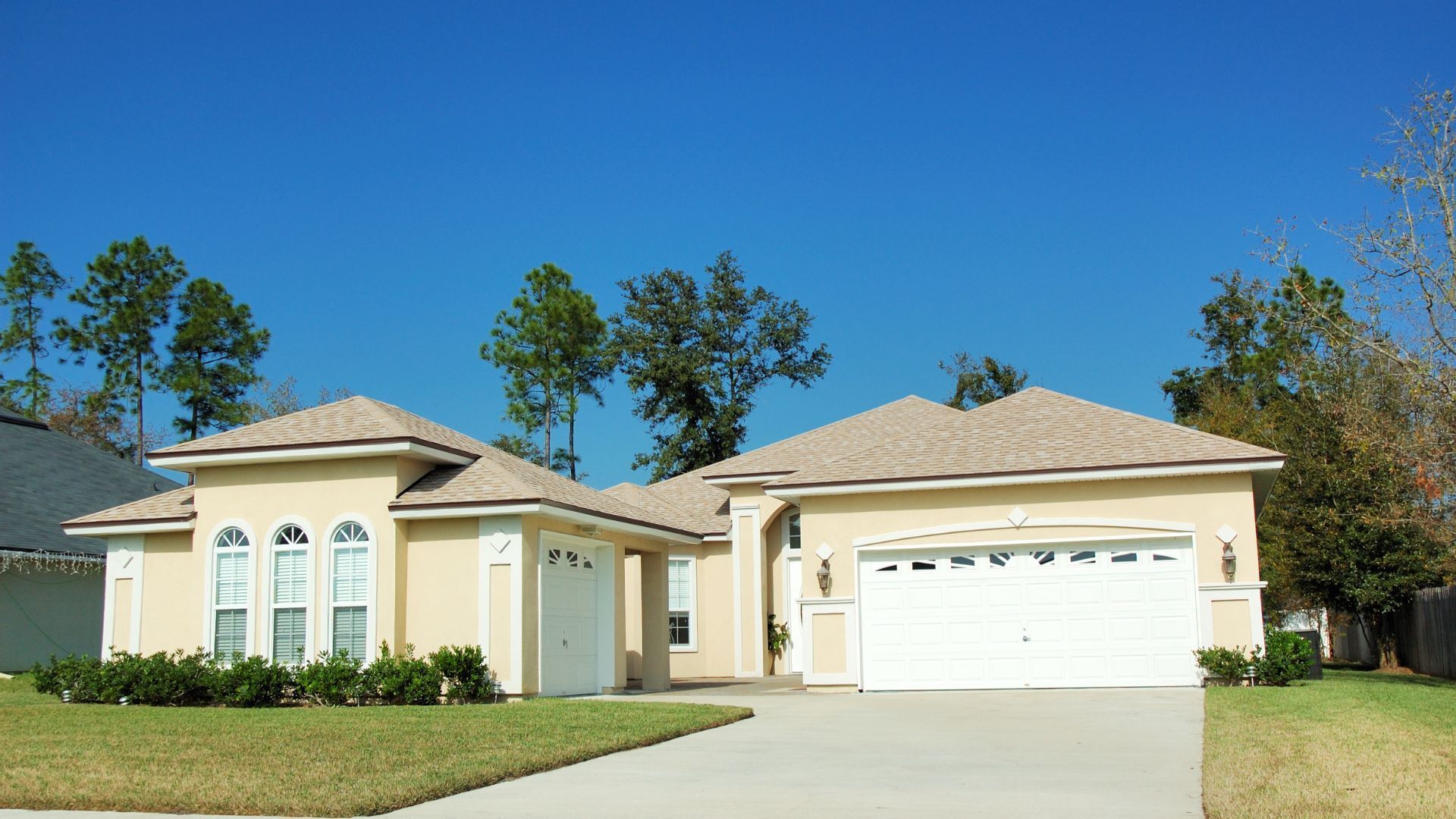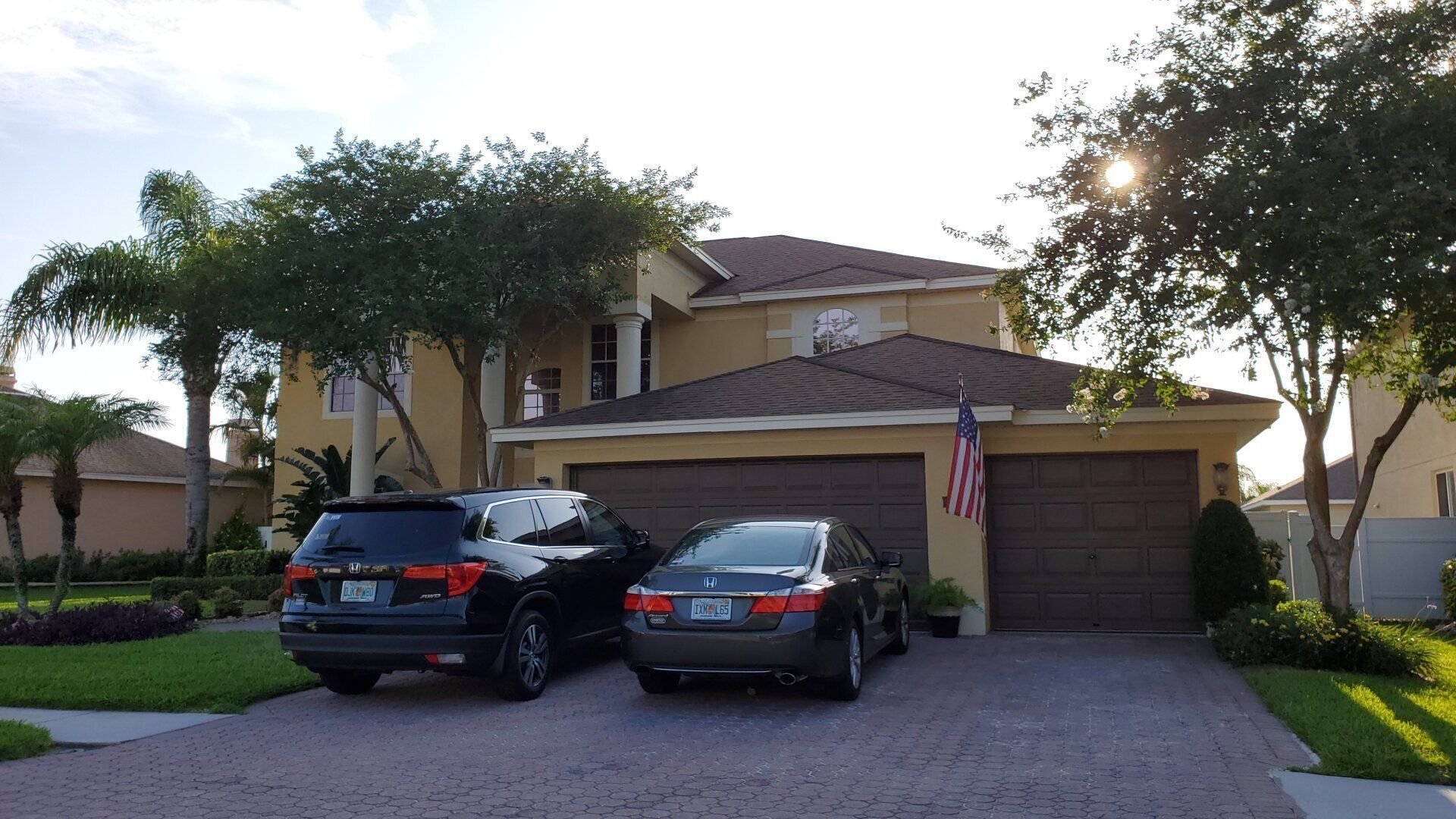Call (727) 784-5555
The difference between warrantable and non-warrantable condos primarily relates to whether a condominium project meets the eligibility requirements set by Fannie Mae, Freddie Mac, or other government-backed entities like the FHA (Federal Housing Administration) and VA (Veterans Affairs). These classifications impact the availability of financing for buyers.
Warrantable Condos
A warrantable condo meets the lending guidelines set by Fannie Mae and Freddie Mac, making it easier for buyers to secure conventional financing. To be considered warrantable, a condo project typically must meet the following criteria:
Owner-Occupancy Ratio – At least 50% of the units must be owner-occupied or second homes (not rentals or investment properties).
HOA Financial Health – The homeowners' association (HOA) must have sufficient budget reserves (at least 10% of the annual budget).
No Litigation – The condo project must not be involved in major litigation that could affect its financial stability.
Commercial Space Limits – No more than 35% of the building can be used for commercial purposes (like retail or office spaces).
Single-Entity Ownership Limits – No single entity (like an investor or company) can own more than 20% of the total units.
Project Completion – The development must be fully completed (not under construction or in a phased build-out).
Non-Warrantable Condos
A non-warrantable condo does not meet one or more of the guidelines above, making it riskier for lenders and harder for buyers to secure traditional financing. Common reasons a condo is considered non-warrantable include:
A high percentage of investment units (e.g., more than 50% of units are rented out).
The HOA has low reserves or is financially unstable.
The condo is involved in litigation, especially if it affects safety or structural integrity.
A single investor owns too many units (e.g., one person owns more than 20%).
Excessive commercial space within the building.
The condo is in a new development or still under construction.
Financing Differences
Warrantable condos qualify for conventional loans backed by Fannie Mae and Freddie Mac, often with lower interest rates.
Non-warrantable condos may require portfolio loans, jumbo loans, or non-traditional lending with higher interest rates, larger down payments, and more stringent requirements.
Why It Matters
If you're buying, a warrantable condo is easier to finance with better loan options.
If you're selling, having a warrantable condo increases the pool of potential buyers.
If you're an investor, a non-warrantable condo might provide rental income opportunities but may require cash or specialized financing.
Tune in and learn at https://www.ddamortgage.com/blog
didier malagies nmls#212566
dda mortgage nmls#324329
Ask a Mortgage Question
Use the form below and we will give your our expert answers!
203H Ask A Question
We will get back to you as soon as possible.
Please try again later.
Start Your Loan with DDA today
Your local Mortgage Broker
Mortgage Broker Largo See our Reviews
Looking for more details? Listen to our extended podcast!
Check out our other helpful videos to learn more about credit and residential mortgages.





